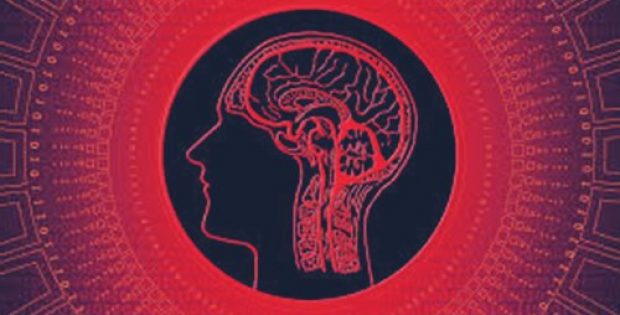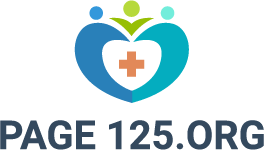
St. Louis based Washington University’s researchers have reportedly established a new technique to overcome the blood-brain barrier (BBB), in a bid to administer medications to the brain. Sources familiar with the development claim that these medications would particularly heal brain tumors classified under the difficult-to-treat category.
As per experts, the brain tumor therapy is tremendously challenging, as the existence of blood-brain barrier blocks medications to penetrate through the blood vessels lining the brain. To encounter this problem, the research group worked upon a different route of drug delivery, via the nasal nerves, that are capable of bypassing the BBB, cite trusted sources.
The method involves providing drugs by the way of an intranasal spray so that the drug can commute directly to the brain through the olfactory and trigeminal nerves. The researchers can then make use of focused ultrasound technique, to encourage the drug to accumulate and penetrate in the inner tissue layers and exercise therapeutic advantage at the region targeted by ultrasound, claim trusted sources.
Hong Chen, one of the researchers, was quoted stating that in the beginning of clinical trials he was not sure that the therapy would ever work. He added that he considered that brains are completely guarded, but surprisingly these nerves have a direct connection with the brain and can provide barrier-free access.
Until now, the research group has tested the drug therapy in mice but aims to enhance it further to evaluate its potential in healing diffuse intrinsic pontine gliomas, which is a childhood cancer type with limited options of treatment, cite trusted sources.
According to sources knowledgeable about the development, once the drug is in the brain, researchers can target the same to the affected regions of the brain using this revolutionary technique. Incidentally, the method demands that a patient needs to use a nasal spray to distribute the medication to the nerves present in the nasal cavity, which will then deliver it directly to the perivascular region in the brain.




